You are here
- Home
- Our Impact
Our Impact
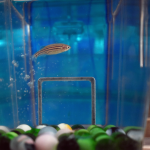
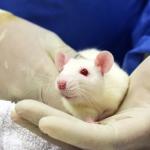
Sunday, February 4, 2018
New Rodent Study Illustrates How Boosting A Key Protein May Help Repair Bone Injuries
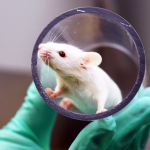
Monday, January 22, 2018
Who Might Benefit from Immunotherapy? Mouse Study Suggests Possible Marker
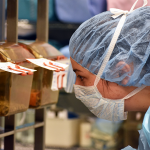
Sunday, January 7, 2018
Mouse Models Help Researchers Explore Pancreatic Cancer Treatment
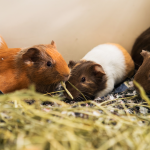
Thursday, January 4, 2018
Guinea Pigs Play a Crucial Role in the Development of a New Treatment Device to Ease Tinnitus Symptoms
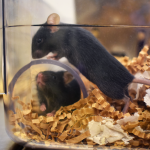
Monday, November 27, 2017
Mouse Model Demonstrates How Synthetic Hydrogels Stimulate Real-Life Intestinal Healing
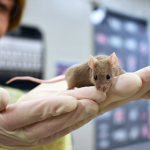
Friday, November 10, 2017
Animal Model Offers New Hope for Tackling Triple-Negative Breast Cancer
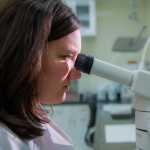
Friday, October 27, 2017
Examining Sepsis: Could a Large Animal Model Unravel the Disease?
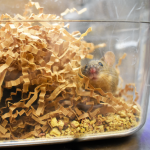
Wednesday, October 11, 2017
From Urine Output to Disease, Mouse Study Shows Importance of Hormone Quality Control
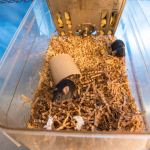
Thursday, September 14, 2017
Mouse Study Explores Why the Elderly Are More Susceptible to Viral Lung Infections